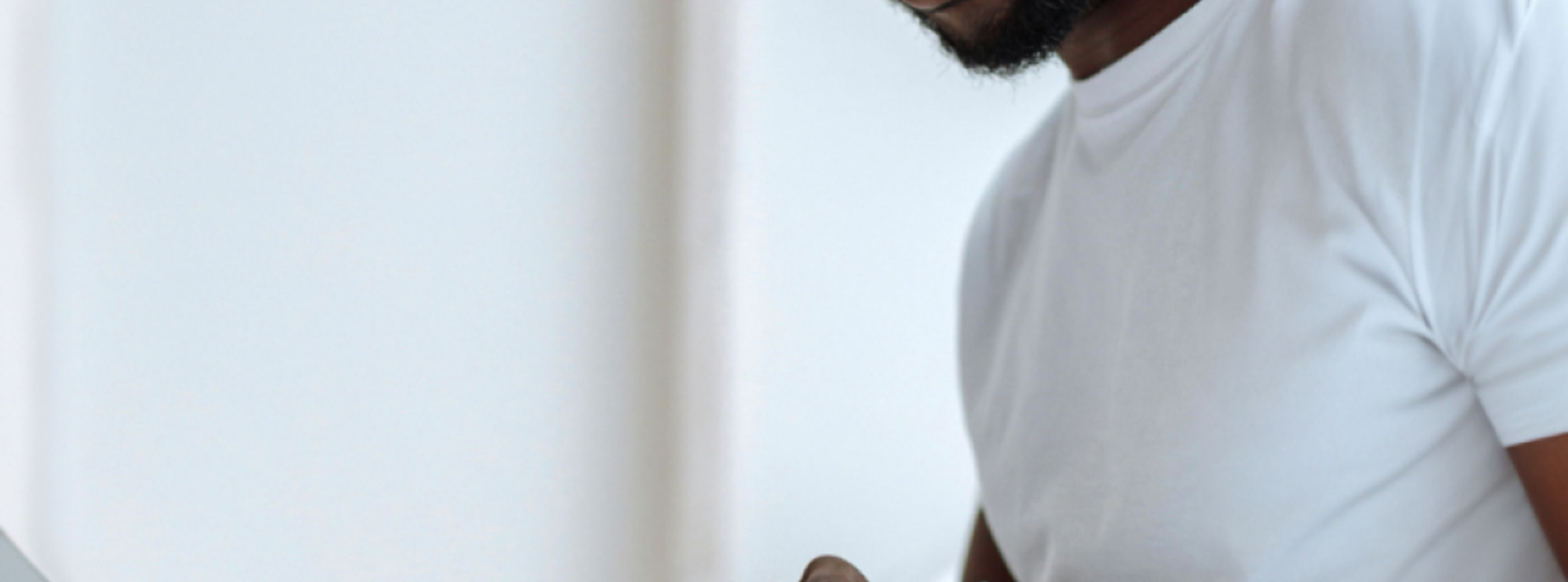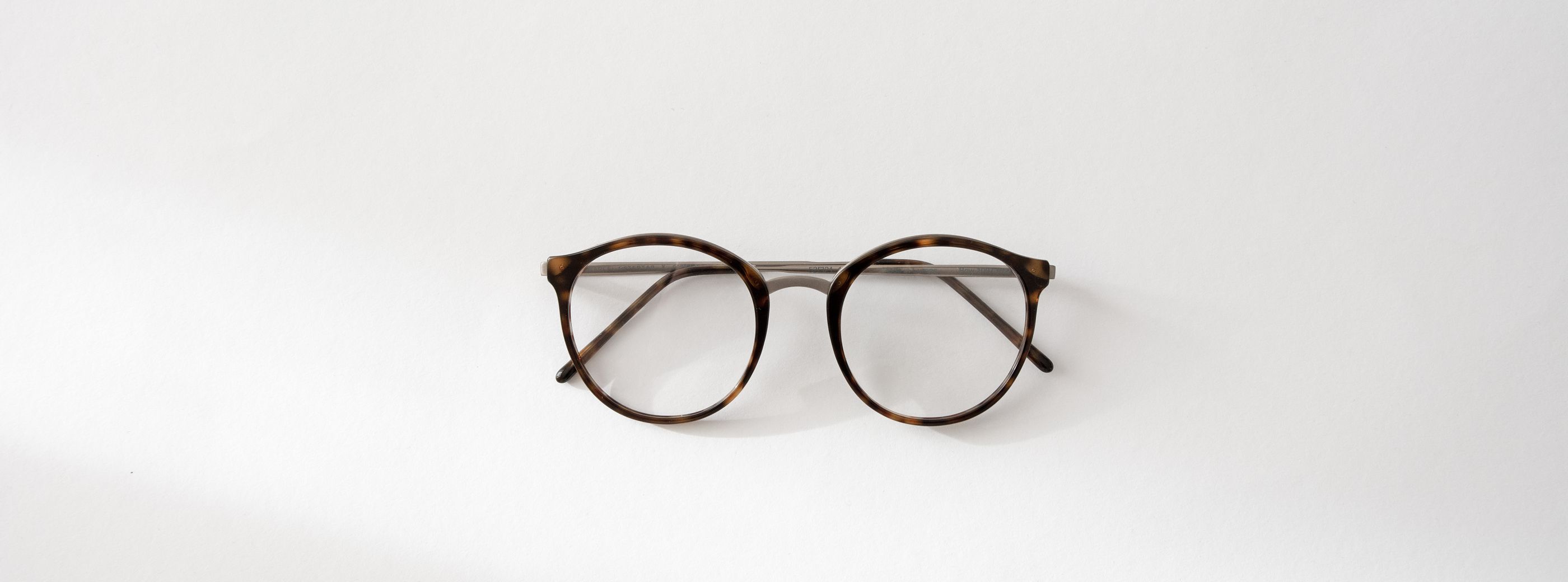
The advantages of bifocals
Bifocal glasses - still effective for presbyopia?
It is commom for most glasses wearers in their mid 40s: long-sightedness develops in addition to their previous visual impairment. With the usual single prescription glasses, it becomes increasingly difficult for example, to clearly see small fonts close up. Bifocal glasses have long been the classic solution to this problem. Thanks to technological progress, however, the question now arises as to whether bifocals or varifocals are most suitable. The answer and further interesting facts can be found here.
What are bifocals and how do they work?
For those with normal vision who then become long-sighted, it is simple: in the second half of their life they only need reading glasses for short distances. The whole thing becomes more complicated for all those who already had a visual impairment because normal single prescription lenses can only correct one of the two visual defects. One option is to use two pairs of glasses, one for close up and one for far away. Since this is impractical in the long run, none other than Benjamin Franklin devised the first bifocal glasses in the second half of the 18th century. The frame was designed in such a way that it could accommodate two lenses of different strengths per eye, arranged one above the other.
Today's bifocals have regular frames because two different pressciptions are integrated into one lens. With mineral lenses, this is done by melting the short part into the far part. In this case, the near part has a different refractive index, so that both parts are equally thick and a smooth surface is created. Unfortunately, this process is not possible with lighter plastic glasses. Here the near part is ground in - as a result this threshold can be felt with one's fingers.
What are the advantages and disadvantages of bifocal glasses?
This two-part structure of bifocal lenses has its biggest disadvantage: there is a hard transition between the two areas. This is particularly annoying when you look at the rim. Furthermore, due to the difference in thickness between the two parts, there is a distance range in which you cannot see one hundred percent clearly with either of them: for example, an object at one meter distance would be too far away for the near part, but not yet far enough for the far part. A third important aspect is the aesthetics: bifocals make you look "old", because these types of glasses are only worn after a certain age and are immediately recognisable due to the lenses.
The advantages of modern varifocals versus bifocal glasses
This usually makes the answer to the question "Bifocals or varifocals?" easy. The modern varifocal lenses eliminate the known disadvantages of the traditional solution. The difference between bifocals and varifocals is obvious at first glance: the latter looks like a pair of normal single prescription glasses from the outside. In addition to the attractive aesthetics, there is also a superior visual comfort. There is a smooth, gliding transition between the near and far parts. As a result, the image no longer "jumps" when switching between the two zones, and objects in a medium distance range can also be seen in sharp clarity.
Discover our varifocal glasses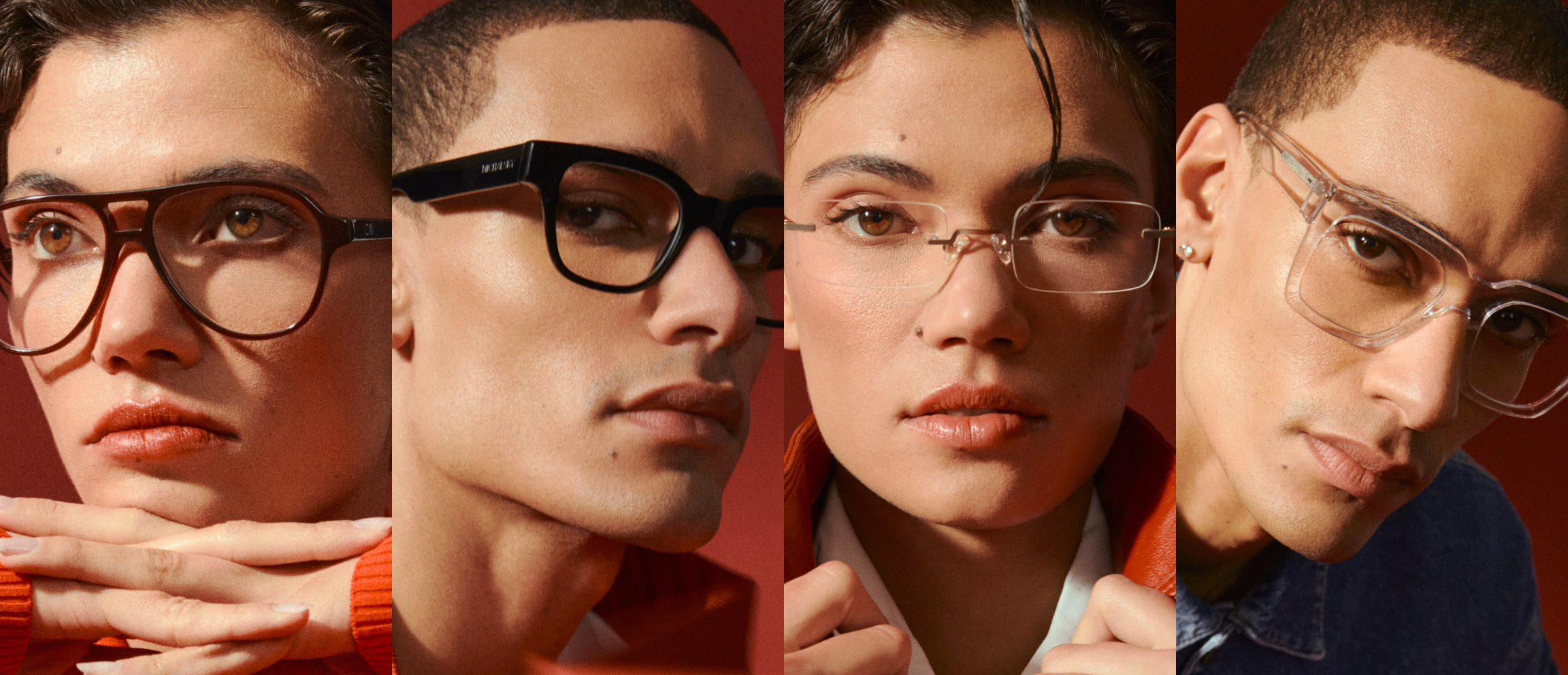
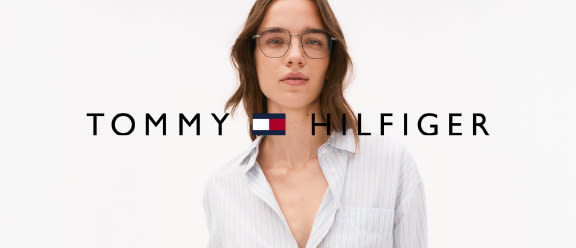

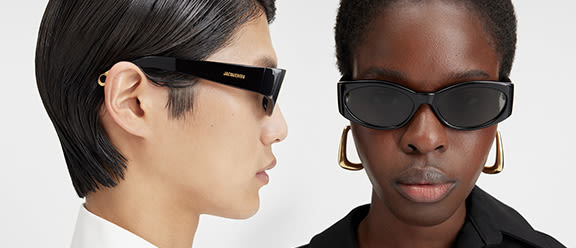

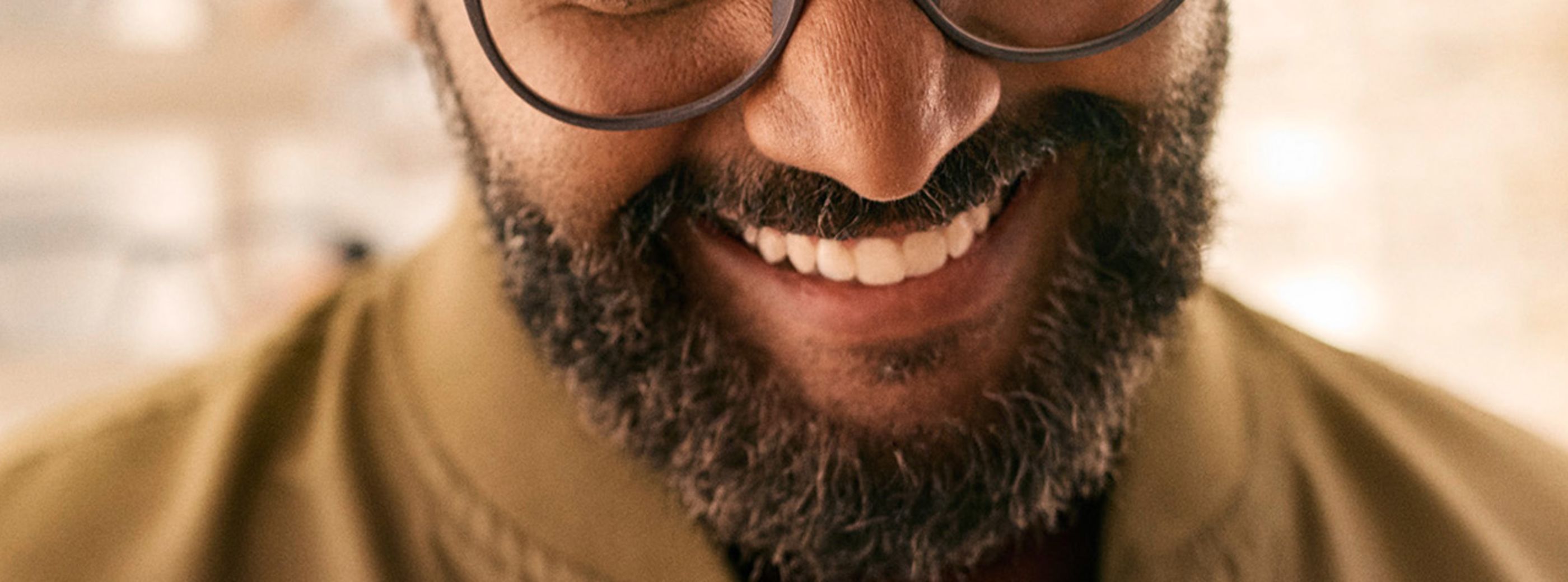
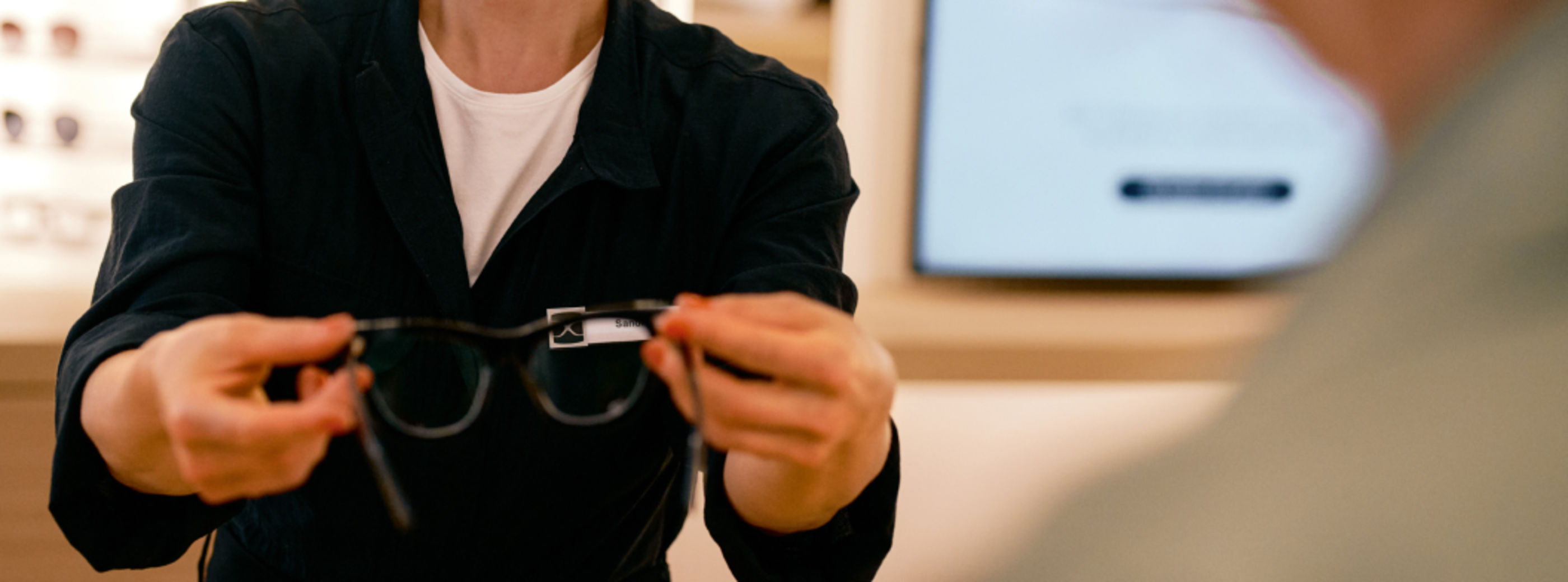

/hp-hero-slider-transition-lenses)
